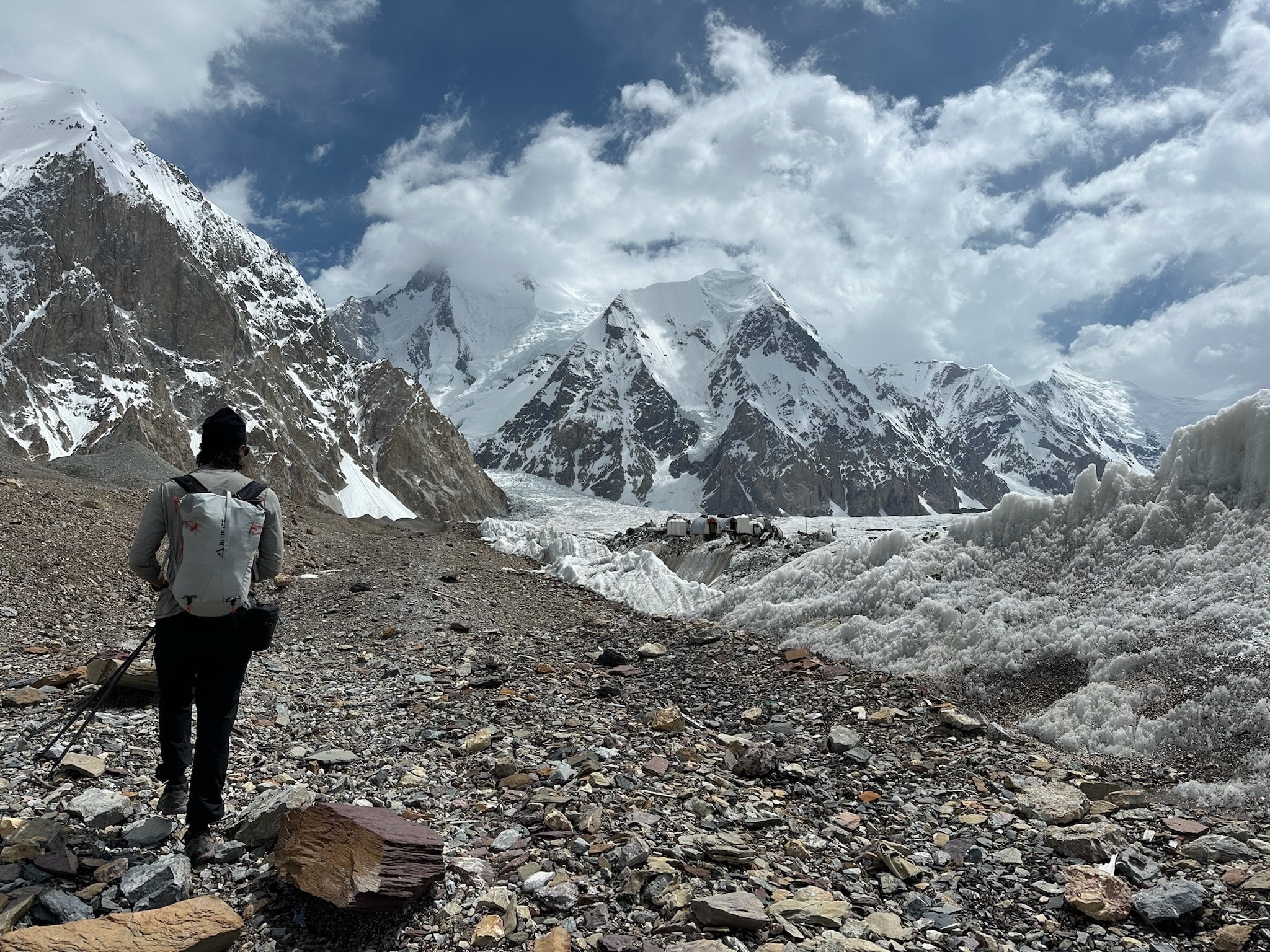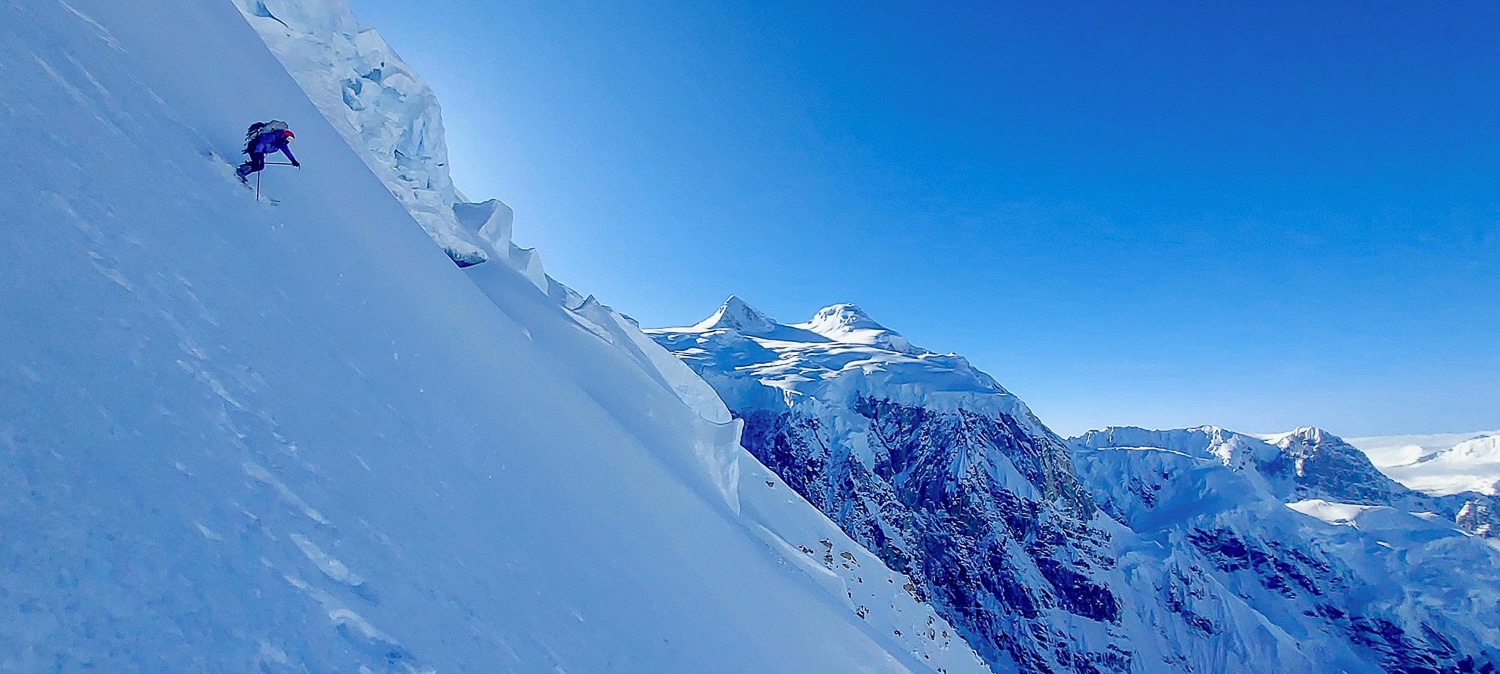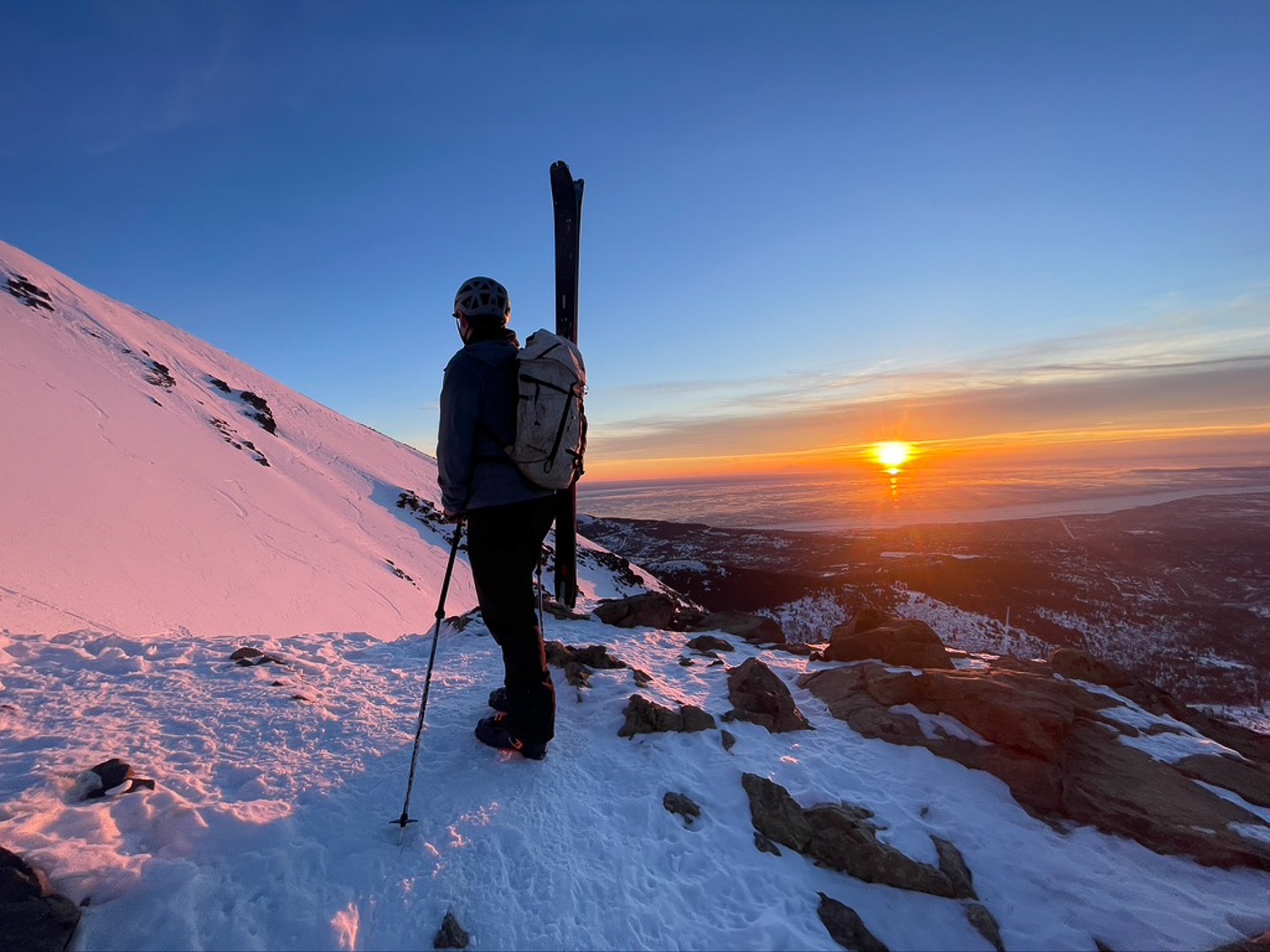There has been no absence of bad news this February. With regional-specific weak snowpacks, there’s heightened awareness. As always, we encourage you to support your local avalanche center. Over the years, some of the resources we have found useful are the official accident reports posted by each respective avalanche center and the avalanche data they make public.
We’ve written about some of the tools available to backcountry users to assess avalanche problems, trends, and incidents. As larger and better-funded forecast centers, the Colorado Avalanche Information Center (CAIV) and the Utah Avalanche Center (UAC) have platforms allowing users to filter data and glimpse avalanche trends in their respective forecast zones. These are solid tools. We encourage you to access the tools to take advantage of this resource. Through use of the interactive display, you will get a better idea of the incident/observation details that may include the day’s forecast.
We’ll look at the period between 2-1-24 and 2-20-24 to see the scope of avalanche activity reported by and to both the CAIC and UAC.
What we are presenting here is historical data, graphically represented, which allows the users to analyze, and at least from the comfort of a computer/phone, discern general patterns and trends. As always, read the daily forecast, make field assessments, and proceed cautiously when traveling in avalanche terrain.






Leave a Reply
You must be logged in to post a comment.